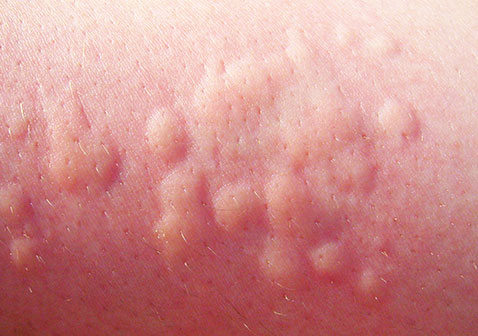VBA遍历所有文件夹的两种方法(filesearch和FileSystemObject)
- 教育
- 5天前
- 506
在VBA遍历文件夹和子文件夹中所有文件,常用两种方法,一种是使用VBA的filesercth对象,另外一种是使用FileSystemObject(windows文件管理工具)和递归方法。兰色对代码进行了注解,希望对大家有所帮助
第一种方法:使用filesearch对象
Sub mysearch()
Dim fs, i, arr(1 To 10000)
Set fs = Application.FileSearch '设置一个搜索对象
With fs
.LookIn = ThisWorkbook.Path & "/" '设置搜索路径
.Filename = "*.xls" '要搜索文件名和类型
.SearchSubFolders = True '是否需要搜索子文件夹
If .Execute > 0 Then '如果找不到文件
MsgBox "There were " & .FoundFiles.Count & _
" file(s) found." '显示文件找不到
For i = 1 To .FoundFiles.Count '通过循环把所有搜索到的文件存入到数组中
arr(i) = .FoundFiles(i)
Next i
Sheets(1).Range("A1").Resize(.FoundFiles.Count) = Application.Transpose(arr) ' '把数组内的路径和文件名放在单元格中
Else
MsgBox "There were no files found."
End If
End With
End Sub
第二种方法:引用FileSystemObject对象
注意:要使用FileSystemObject对象,需要首先引用一下,具体方法,VBE--工具--引用--找到miscrosoft scription runtime项目并选中
代码及注释:
Dim ArrFiles(1 To 10000) '创建一个数组空间,用来存放文件名称
Dim cntFiles% '文件个数
Public Sub ListAllFiles()
Dim strPath$ '声明文件路径
Dim i%
'Set fso = CreateObject("Scripting.FileSystemObject")
Dim fso As New FileSystemObject, fd As Folder '创建一个FileSystemObject对象和一个文件夹对象
strPath = ThisWorkbook.Path & "/" '"设置要遍历的文件夹目录
cntFiles = 0
Set fd = fso.GetFolder(strPath) '设置fd文件夹对象
SearchFiles fd '调用子程序查搜索文件
Sheets(1).Range("A1").Resize(cntFiles) = Application.Transpose(ArrFiles) '把数组内的路径和文件名放在单元格中
End Sub
Sub SearchFiles(ByVal fd As Folder)
Dim fl As File
Dim sfd As Folder
For Each fl In fd.Files '通过循环把文件逐个放在数组内
cntFiles = cntFiles + 1
ArrFiles(cntFiles) = fl.Path
Next fl
If fd.SubFolders.Count = 0 Then Exit Sub 'SubFolders返回由指定文件夹中所有子文件夹(包括隐藏文件夹和系统文件夹)组成的 Folders 集合
For Each sfd In fd.SubFolders '在 Folders 集合进行循环查找
SearchFiles sfd '使用递归方法查找下一个文件夹
Next
End Sub







